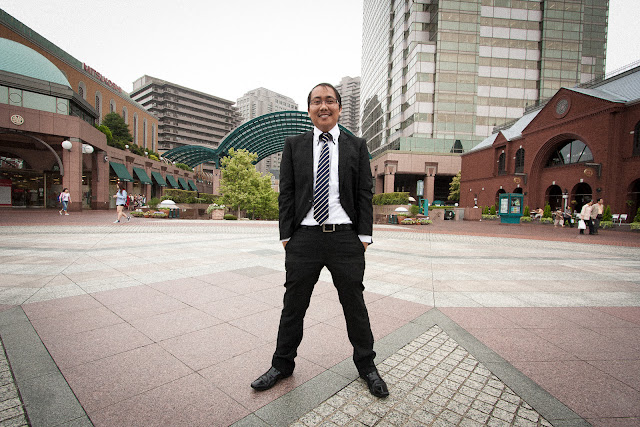A3 : History of Photojournalism
Today I will be sharing part 3 of 3 assignments and my answer in my History of Photojournalism course. Feel free to write your comments or ask any questions and let's continue in our study of photography.
----------------------------------------------------------------------------------------------------
Did photography end the Vietnam War?
"General Nguyen Ngoc Loan Executing a Viet Cong Prisoner in Saigon" Eddie Adams, 1968
No, it did not. It is unlikely for any photograph to conclude a war. If it were so, then the Vietnam War would have ended with the photograph of Robert Capa (woman crying with a child at the military cementery for French and Vietnamese soldiers - 1954). His death would have been enough sacrifice and the lives of Larry Burrows, Henri Huet, Huynh Thanh My, Koichi Sawada, Taizo Ichinose, Robert Ellison, Charles Eggleston and Dana Stone would have been spared.
However, public opinion to end American involvement was greatly influenced by media. Malcolm Browne's photograph of Thich Quang Duc's self-immolation in 1963 was the precursor. As soon as it was seen on the front pages of newspapers, burning of draft cards and protests against the war all over the country sparked. And in February 1, 1968, Eddie Adams was able to capture a moment where General Nguyen Ngoc Loan was executing a Viet Cong prisoner point blank. It further polarized American opinion; mostly questioning the morals of the country they were defending. This I believed led Walter Cronkite, an anchorman of CBS Evening News, to visit and cover the Tet Offensive aftermath. He then gave a commentary on the eve of February 27, 1968 stating that America will not win this war. The moral question was sealed a year after that when the American public learned about the My Lai massacre. This time it was not a Tet execution but U.S. soldiers murdering civilians, infants, children, women and elderly people. Public resentment was again evoked and huge marches on Washington in 1970 when a photograph of John Filo of Mary Ann Vecchio screaming helplessly over a dead body of a student at Kent State. This time, it was Americans killing fellow Americans in America. It was not until a year after Nick Ut's 1972 photograph of Kim Phuc running away after an accidental napalm bombing in Trang Bang that ultimately led to U.S. troops withdrawal. The Vietnam War concluded with North Vietnam taking over Saigon in 1975.
These emotional photographs of death, pain and suffering are strongly embedded in the minds of Americans (if not the whole world). Be it iconic or not, all of which reminds us of the atrocities during the Vietnam War. It was constantly published and talked about nightly. And as the war began with altruistic ideals (upholding democracy and stop the spread of communism) so shall they end it as they acted to the powerlessness of the innocent victims in those photographs.


this is a very powerful photo... hits the heart..
ReplyDelete